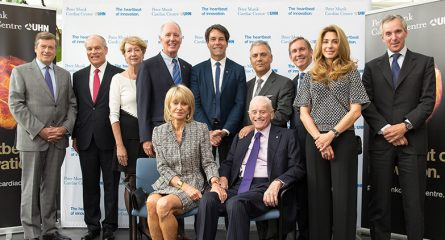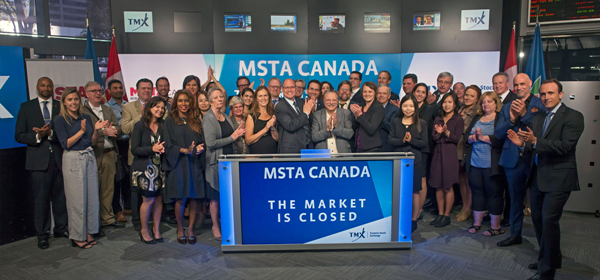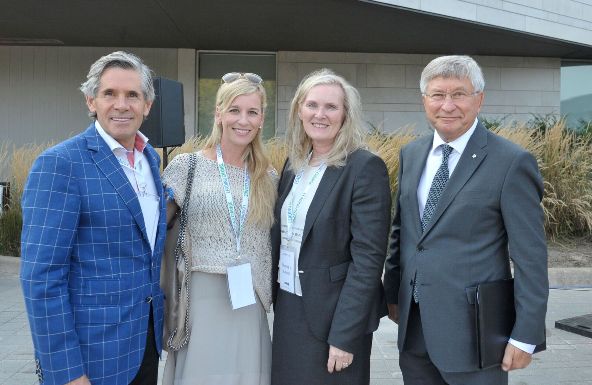
Toronto, ON (September 19, 2017) – University Health Network (UHN) announced today that The Peter and Melanie Munk Charitable Foundation is increasing its support to the Peter Munk Cardiac Centre (PMCC) with a transformative gift of $100 million. This gift, which will bring the Munks’ support of UHN and the PMCC to more than $175 million since 1993, will primarily be used to develop a data-driven digital cardiovascular health platform that reduces costs, advances medical research, and improves the outcomes of patients with cardiac and vascular disease.
“This historic gift will enable the PMCC to continue to lead the future of cardiovascular care globally, and through our partnership with the Vector Institute will further advance Toronto’s and Canada’s leadership in the field of artificial intelligence,” said Dr. Peter Pisters, President and CEO of UHN, home to the PMCC. “This gift represents the largest commitment to a Canadian hospital in our country’s 150-year history and builds on Peter and Melanie’s extraordinary legacy of philanthropy.”
“Melanie and I are committed to the mission of the PMCC, which is to be the world’s leader in cardiac and vascular care,” said Peter Munk. “Since it opened, the PMCC has changed the way cardiovascular patients are treated in the Province of Ontario, across Canada, and around the world. Now, using the most innovative digital technologies, the PMCC will establish a new standard of care for patients and, ultimately, lead to a significant reduction in cardiac and vascular fatalities.”

























